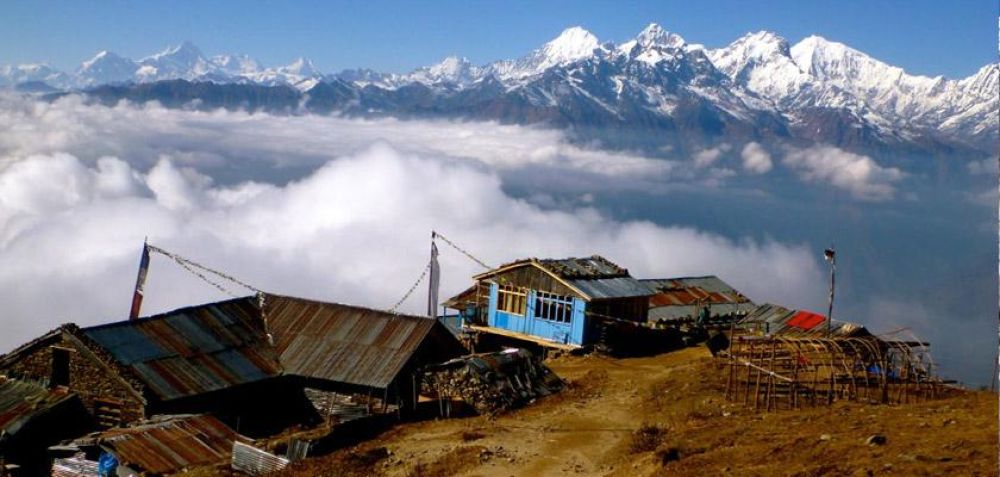Packing essentials for the Lauribina Pass trek should include warm clothing for the cold temperatures, hiking boots, a sleeping bag, a first-aid kit, a water purification system, sun protection, and snacks. It's also essential to carry cash since ATMs are scarce, and many places do not accept credit cards.

